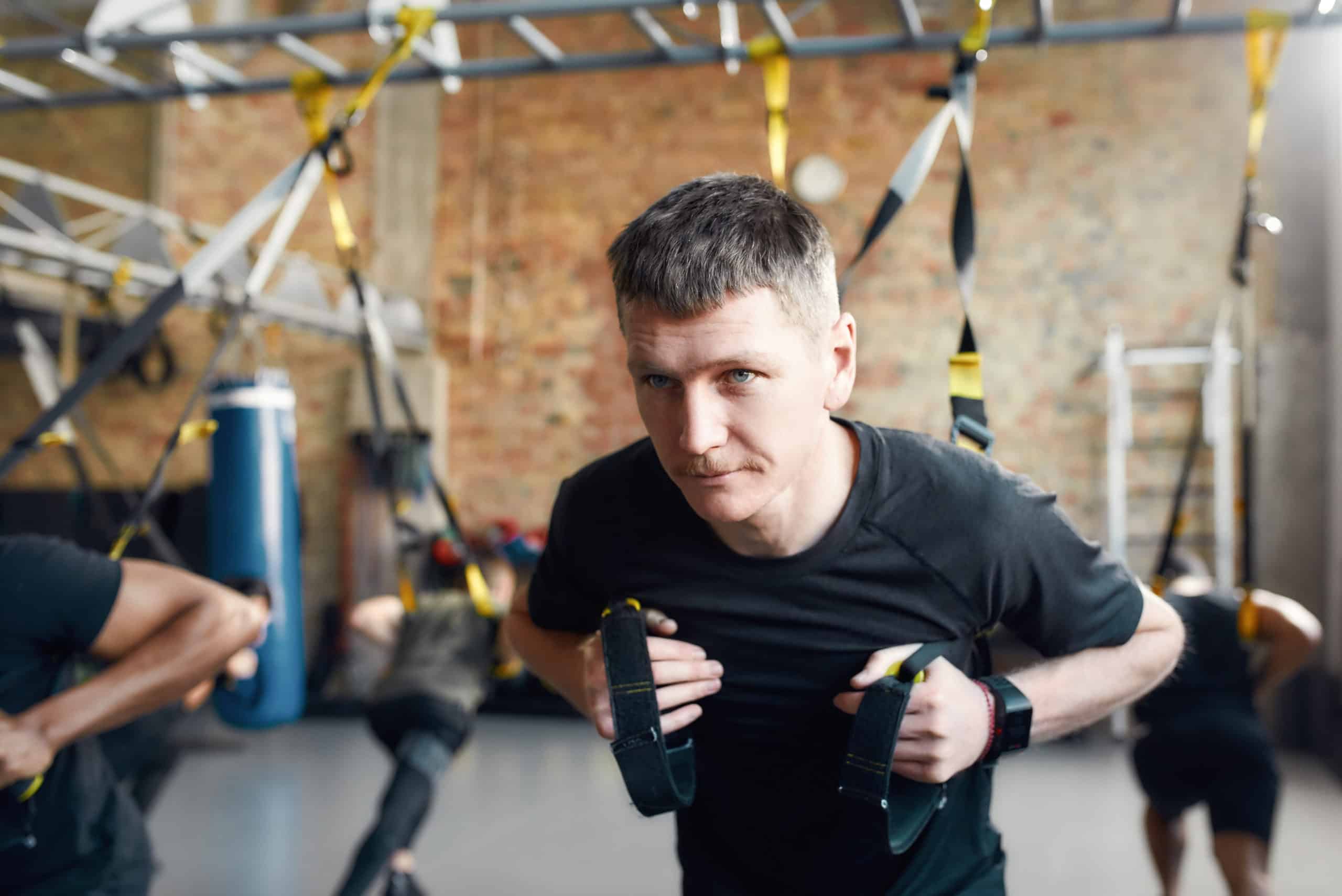
Physical Therapy for Knee Fractures
Whether you’re an older individual, or of any age and participating in physical activity, be it a sport or other activity such as hiking or running, you may take a fall and land on your knee. This could result in a knee fracture, of which you may need diagnostics and medical intervention, such as bracing, physical therapy, or even surgery in certain circumstances.
The knee, which is made up of the femur (thigh bone), the tibia (shin bone), and the patella (kneecap) may involve one or more of these three bones but the most common type of knee fracture involves the patella. Depending on the nature of the knee fracture, you may be able to fully recover without the need for surgical intervention. Regardless of whether you need surgery or not, you will need the help of a physical therapist to help you get back to your daily activities. At Evolution Physical Therapy, we specialize in the area of orthopedic physical therapy and can help rehabilitate your knee condition, including those related to knee fractures.
Types of Knee Fractures
A knee fracture may require immediate surgical intervention or more conservative techniques such as physical therapy. Your course of treatment will depend on which bone you have fractured and the type of knee fracture you have suffered. The following list breaks down fractures that can affect your knee:
Patellar Fracture
- Closed Fracture – the bone stays inside the skin (common)
- Open Fracture – the bone breaks through the skin (uncommon)
- Nondisplaced (Stable) Fracture – the patella is in two or more pieces, but the bone fragments remain in contact with each other in the correct positions
- Displaced (Unstable) Fracture – the patella is in two or more pieces that do not remain in contact with each other or in their correct positions
- Comminuted Fracture – the patella breaks into three or more pieces. May be stable or unstable.
Tibia Fracture (shin bone)
- Tibial Plateau Fracture – can be complex because they not only involve the bone but may also affect other structures in the knee, including the meniscus (cartilage), ligaments (such as the anterior cruciate ligament or ACL), muscles, tendons, and the skin around the knee. Additionally, most common cause for a Tibal Plateau fracture is skiing, so it is extremely beneficial for winter-sports enthusiasts to take adequate, preventative measures. Our Colorado locations even have a whole program, Wintervention, dedicated to preventing this and other common injuries for skiers.
Femur Fracture (thigh bone)
- Distal Femur Fracture – usually occurs after a high-energy injury like a car crash or in older individuals with weaker bones
How Does Physical Therapy Treat Knee Fractures?
No matter the type of knee fracture you have suffered, our physical therapists will help you get back to your daily activities by restoring your strength and range of motion in your knee. Regardless of the chosen treatment approach, rehabilitation is a crucial part of the recovery process. Physical therapy is essential to help patients regain strength, range of motion, and functional mobility in the knee joint. Evolution’s physical therapists are trained to help get you back to doing your favorite activities.
Physical Therapy Treatments for Knee Fractures
Each knee fracture is a unique injury and should be treated as such. However, as soon as you can move and bend your injured knee without suffering pain, you should be able to begin physical therapy. Exercises for your particular fracture may vary, but the following list demonstrates a few things you and your physical therapist may work on during recovery:
- Joint Mobilization & Manipulation
- Weight-bearing exercises
- Stretching exercises
- Heat or ice application
Physical Therapist Evaluation of Knee Fractures
Generally, your doctor will perform tests to evaluate your knee fracture. A physical examination along with your medical history and a description of the accident can help diagnose your fracture along with imaging tests such as x-rays. After your knee fracture heals enough to bend without suffering pain, you can see your physical therapist for treatment. Your physical therapist will evaluate your knee pain and recommend next steps for your treatment plan, which may include a series of strengthening and stretching exercises to improve balance, stability, flexibility, strength and range of motion in the affected knee.
Preventing Knee Fractures
Knee fractures are usually the result of traumatic injuries caused by car accidents, falls, or during sports, like skiing and hockey. Using the proper protective equipment during sports (such as knee pads during hockey and the proper footwear in any sport) should help to prevent some knee fractures. Be sure to warm up and stretch properly prior to any sport or exercise. You can also work with a physical therapist to help prevent injury and learn the best techniques for injury prevention during your sport or regular routine.
Maintaining good strength and flexibility may help you avoid some knee fractures. Elderly individuals who are prone to falls should ensure their surroundings are free from fall hazards.
PT Exercises for Knee Fractures
There are various exercises that your physical therapist may recommend to help heal from your knee fracture. The type and intensity of exercise will depend on your specific injury and progress. PT exercises for knee fractures may include:
- Leg lifts
- Quad stretch
- Hamstring stretch
- Squats
- Stabilization and balance exercises
- Band exercises
When to see a Physical Therapist for Knee Fracture Relief
If you are having knee pain, have suffered a sports-related injury in the knee area, or your provider has referred you to physical therapy for your condition, your next steps will be setting up an appointment with a licensed physical therapist. At Evolution Physical Therapy, we have locations in California, Colorado, Connecticut, and Long Island, with specialist PT providers that offer a range of physical therapy services. We are here to provide you with the treatment and additional support you need on your road to recovery. Reach out to us today, by calling us to set up an appointment at a location near you, or filling out our Request an Appointment form.
